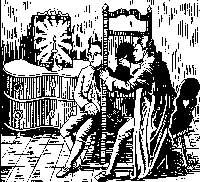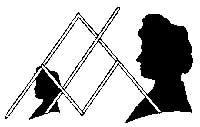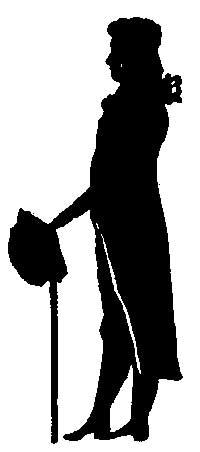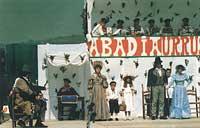Enjoying Physics
1994/01/01 Bandres Unanue, Luis Iturria: Elhuyar aldizkaria

At that time almost everything was to be done. We said this in the first issue: “... when we leave the kitchen environment and friends, we start from the dark paths, sometimes the Basque language is embarrassing. Fortunately things have changed a lot. More and more Basque is heard anywhere and at any level and I am sure that Elhuyar has put his drop in this change of situation.
At the time when our first issue was published, I was professor of Physics and Electrical of the Faculty of Chemistry by profession, so for the magazine I had to work in the area of Physics. But we do not believe that at that time we began to publish what we gave in the Faculty, much less. I had to start from a much lower level and that’s why I started with the first number of articles “Starting from the paths of physics”. Through these articles, which lasted years, he worked on basic concepts of Physics through simple essays. Our intention was, above all, to offer teaching material to the ikastolas that were beginning at that time.
Years have passed and with them also my teaching of Physics, but not for that reason my fondness for Physics. Instead, as more is being introduced into the world of technology, I am now a professor of Electrical Engineering, I see more the need to have clear basic concepts of Physics. And there are different ways to express these concepts.
Of course, one of them is the traditional formal teaching of physics, another that of laboratory tests and, finally, there is another that I want to treat here, that is, through it we will pose a question or another (often curious) or we will analyze a well-known effect that will explain clearly what at first we did not see or did not understand. Therefore, from now on, that good reader, you will have the opportunity to review it with me, from time to time, so that you can enjoy many things about basic physics. That is why we have put the initial name: “Enjoying physics.” So, think about it!
Light rays

Most physics books start from Mechanics, giving way later to other fields of physics. Optics, in those books, always comes the last. Now I want to break that habit and, if not more, to give priority to a word of the Basque instinct (perhaps the only Basque word that has been introduced in all languages), I will enter the field of optics.
Illusions
XVIII. In the mid-20th century the French Finance Minister was the Etienne de Silhouette of Basque origin. Silhouette's name is only cyber-Zulueta and French. Our Silhouette or Zulueta was very concerned about the money that the aristocracy of his time consumed in making his images and portraits. In his opinion, there was a much cheaper way to get those images or similar: the one obtained through the shadow of the person, and this was called “illusion”.
On this point two different hypotheses are proposed. For some the same Silhouette invented the method. For others, on the contrary, the method was invented beforehand, but as it was much cheaper and Mr. Minister recommended this way of economic savings, this type of portraits was called “Silhouetter”. Anyway, both one and the other, or both at the same time, the conclusion is that the silhouettes are there, and through them not only are we tested the linear expansion of the rays of light that we all know, but we give it a practical use.
Today, for photographic reasons, anyone has a photo of him or his favorites, but XVIII. If we go back to the century, then things were very different. Everyone had to order his portrait from a painter and in addition to having enough money to pay its price, he had to have the store enough to be still for several hours. Consequently, only wealthy people portrayed.

Therefore, when a method of shadows was invented to have a personal image in some way, they immediately accepted it, especially normal people. Then, led by the troops of France and Napoleon, the silk road spread throughout Europe, and then the new system reached the whole world. It is the way a Basque denomination has been integrated into languages around the world.
The cilies had the same role as the photos today until the photo-machine was invented. These mushrooms were obtained mechanically and can be said to be contrary to the photo. That is, if we have to use the light to make photos, our ancestors, on the contrary, used the shade to get the image.
In the image we can see how illusions were made. In one frame a thin white paper was placed, in another point a lit candle, and between these two was drawn the head (in this case), giving in the white paper its shadow a good profile. The environment of this profile was drawn in pencil. The paper was removed from the frame and the image that delimited the environment was filled with ink, cut, stuck on a white paper and the zilueta was made. If you wanted to adapt the image size, you could get it using a pantograph.
Someone may think that the images thus obtained would be very bad and far from the original. Well, no. The good illusion reminds us very well of the original. A typical illusion is that of the writer Schiller that we see in the image, made in 1790.
Initially, with a purely practical conclusion, it later impacted some painters and became fashionable the system of making images with environments, beginning a school of mushrooms.

Gai honi buruzko eduki gehiago
Elhuyarrek garatutako teknologia






